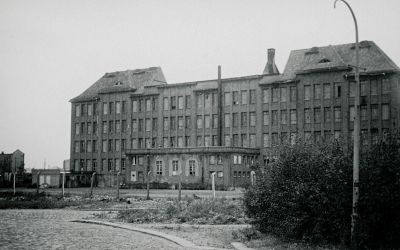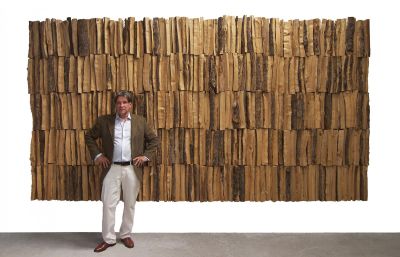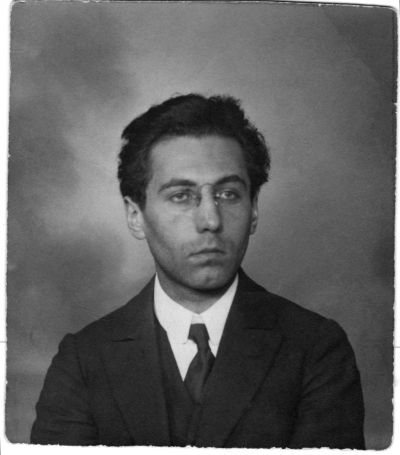Alfred Wierusz-Kowalski
Mediathek Sorted














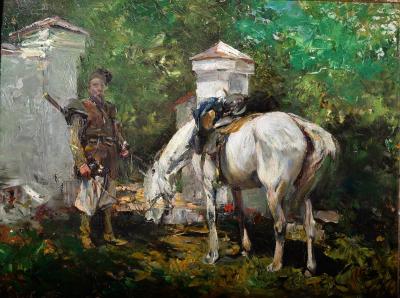
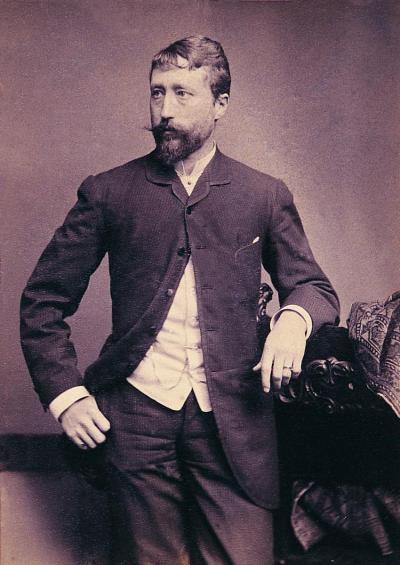













Starting in 1883 Alfred Wierusz-Kowalski’s works were presented in most of the exhibitions that took place in Munich. His pictures also came to places like Paris, Vienna, Berlin, Brussels, Prague and the United States of America. Even in his early career he was a regular participant in exhibitions in Poland, especially in Kraków, Warsaw, Lviv and sporadically in other towns. By contrast his works were only seldom to be seen in Poland in the 1880s and 90s. Aggrieved by disparaging criticism and discouraged by a lack of sales interest he gave up trying to send his works there. Instead he collaborated with the best art salons in Munich: with the galleries Wimmer, Heinemann, Fleischmann and Hugo Helbing. All of these were young ambitious “enterprises” that presented exhibitions and published catalogues as well as having branches in European capitals and America. The collaboration guaranteed his artistic success.
Wierusz-Kowalski constantly promoted his artistic career. He developed his own style and supplied the market with popular motifs. In addition he worked for illustrated periodicals dedicated to social and artistic themes, which also printed woodcuts of his paintings. Publishing houses also printed photographs of his works in fine reproductions, various formats and large print runs. All the time he endeavoured to maintain a high social status, something that was necessary if he was to be given lucrative commissions. Even Prince Regent Luitpold purchased one of his pictures from a private collection of paintings.[26]
Alfred Wierusz-Kowalski was the recipient of many awards and honours. In 1883, on the occasion of an exhibition in the Glass Palace, he was awarded a medal for his picture Polish Post, which he completed in several versions (Ill. 25).[27] In 1892 he enjoyed a huge success with a gold medal for his painting Wilki. W lutym na Litwie (In February, Ill. 26).[28] The Neue Pinakothek, which had been given a portrait of the Minister Johann Freiherr von Lutz in 1889, purchased the prize-winning work.[29] In 1890 the artist was awarded the title of Honorary Professor at the Royal Academy of Fine Arts in Munich. In 1894 the Bavarian Ministry awarded him the Distinguished Service Cross of St Michael, fourth class. He also received medals and honours in Vienna, Lviv, Berlin and St Louis, as well as being invited to serve on juries in international art exhibitions in Munich and Berlin.
However, he was unable to maintain his successes in the course of time and failed to keep up with the changes in artistic developments. Worried by the dwindling interest in his work, in 1903 Alfred Wierusz-Kowalski set out on a brief trip to North America in search of new motifs and artistic inspiration (Ill. 27). That said, he did not succeed in fundamentally changing his artistic expression. During this time he completed a number of sketch-like pictures with abstract details and synthesised figures and objects. In doing so he turned to casual flat surfaces of colour, but such attempts failed to transcend the spirit of 19th century painting. His pictures continued to present galloping horses and processions of festively clad villagers on their way to church.
[26] Łosie na litewskich bagnach [Elk in Lithuanian Marshland], oil on canvas, 118 x 152 cm. See: Ausstellung der Gemälde aus der Privatgalerie weiland Seiner Königlichen Hoheit des Prinzregenten Luitpold von Bayern, Munich 1913.
[27] Polnische Post, post-1883, oil on canvas, 56 x 45 cm. Muzeum Okręgowe [district museum] in Suwałki.
[28] Wilki, 1890, oil on canvas, 74.5 x 100 cm. Muzeum Narodowe, Poznań [National Museum in Poznan].
[29] Minister fr. von Lutz na polowaniu na gemzy [Minister Freiherr von Lutz on a Gamsjagd], oil on canvas, 104 x 78 cm. The work disappeared for good aftet the Second World War.













